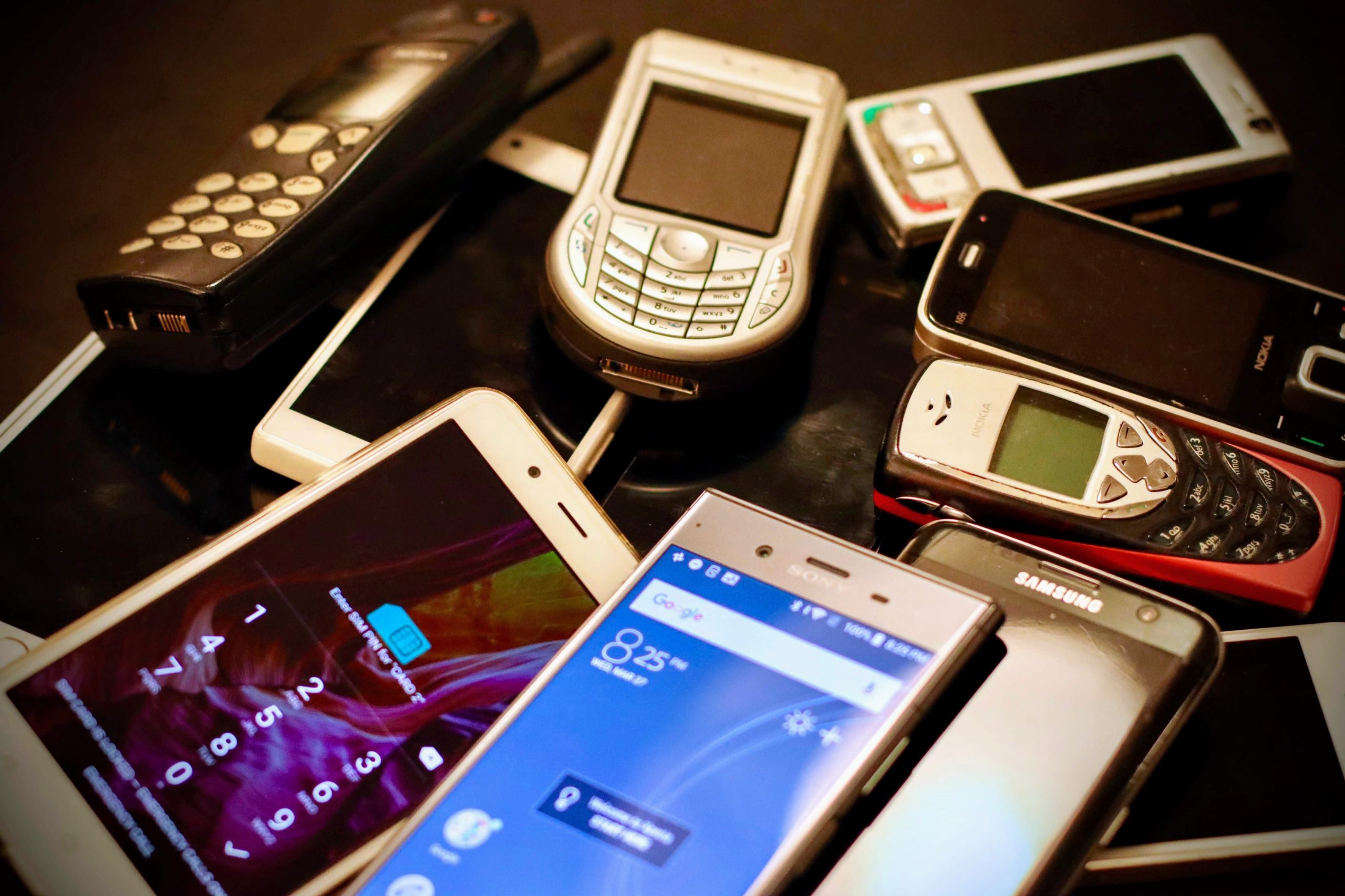Protecting the environment can be hard work. And if you’re anything like me, you’ve spent time looking for easy ways to reduce your impact. You might use fewer plastic bags or buy second-hand. But as consumers, we are often still tied into systems that give us little space to act with the environment in mind.
Take the device you’re reading this on, for example. It was created through a series of energy-intensive and polluting processes: harmful (and often exploitative) mining processes, refining and machining, and being transported across the world. Our work and social lives require us to use smartphones and laptops, and the pandemic has made us even more reliant. But our digital technologies come at a cost to the climate, delicate ecosystems, and people working in abysmal conditions. What can be done to tackle this?
One way to reduce the environmental footprint of our digital devices is to keep them for longer, and smartphones should be our first target. Europeans replace theirs on average every two years, long before the device reaches the end of its useful life. This creates 12-16 million tonnes of CO2-equivalent emissions each year, which is more than the carbon budget of Latvia in 2017. 72 per cent of a smartphone’s emissions occur before it reaches its owner, so extending its life would make a huge difference.
The biennial cycle of smartphone replacement is reinforced by two-year network contracts, aggressive marketing campaigns and the hassle and cost of repairing a smartphone. These are big issues, so to cut through the complexity, we’ve been exploring changes in two areas that could make smartphones easier and cheaper to keep for longer. The European Commission is consulting on legislation in this area in 2021, so we’ve also put together a briefing for policymakers that explains what they should do.
Seven years of software updates
The useful life of smartphones is dependent on their software, which needs regular updates to keep the devices running smoothly and securely. Despite the importance of prompt and long-lasting software provision, the 69 per cent of European smartphones running Android get an average of only two-years’ worth of updates. Apple’s devices fare better, receiving five years of current software on average, but there is no legal requirement to provide any minimum duration of updates.
30 per cent of users have replaced a smartphone because the performance of the old device had significantly deteriorated, and 19 per cent replaced it because certain applications or software stopped working on the old device. We’d like to see manufacturers providing seven years of updates, which would drastically reduce these numbers and bring down the devices’ substantial environmental impact.
Alternative software when updates end
Markus suggested that smartphone makers could make a device’s software open-source when it stops providing support. Manufacturers could share their code with communities of Free and Open-Source Software (FOSS) developers and security experts to continue to support older devices. This approach would also protect consumers if the maker of their device ceases to trade or exist. When this happens, consumers can be left with slow and insecure devices. Several smartphone components use their own software, so the entire supply chain would need to share their code too.
For ultimate flexibility, smartphone manufacturers should enable users to install alternative operating systems such as /e/ or PostmarketOS. Fairphone is an example of a company that has adopted this approach by allowing users to install other software, so we know it’s possible. Device makers could even contribute to a fund for the ongoing development of open-source alternatives, further increasing the likely lifetime of their smartphones.
Public repair manuals and diagnostic tools
Smartphones are incredibly complex, so anyone repairing one needs an accurate and straightforward guide to understanding the device. However, most smartphone manufacturers tightly control access to information about how to repair their devices, making it more difficult for repairers and end-users to extend their device’s lifetime. Some device makers have argued that repair manuals and schematics constitute trade secrets, and their publication could enable repairers to infringe on their copyright. However, according to The Repair Association, repair manuals do not need to contain trade secrets, and manufacturers are still protected from imitation by their copyrights and patents.
Members of the European Parliament have voted multiple times for a ‘right to repair’, but this can only be effective if consumers are empowered to meaningfully assert this right. 77 per cent of Europeans would rather repair their electronic devices than replace them. But without repair manuals and diagnostic tools, millions of damaged smartphones are abandoned each year. We know these materials exist and that manufacturers will publish them if the incentives are right – just as Samsung recently shared several repair manuals for its smartphones to boost its scores on the French Repairability Index.
It’s all in the detail
We hope this work helps to contribute to an already bubbling public conversation and we are indebted to over twenty experts, many of whom attended an online roundtable discussion and gave feedback and suggestions to improve the content and specificity of this briefing. Particular thanks go to the organisers and members of Right to Repair Europe, for their excellent strategic support. You can check out the full policy briefing here and look back at what we learned when we hashed it all out in our expert roundtable here.
Photo credit: Eirik Solheim via Unsplash
